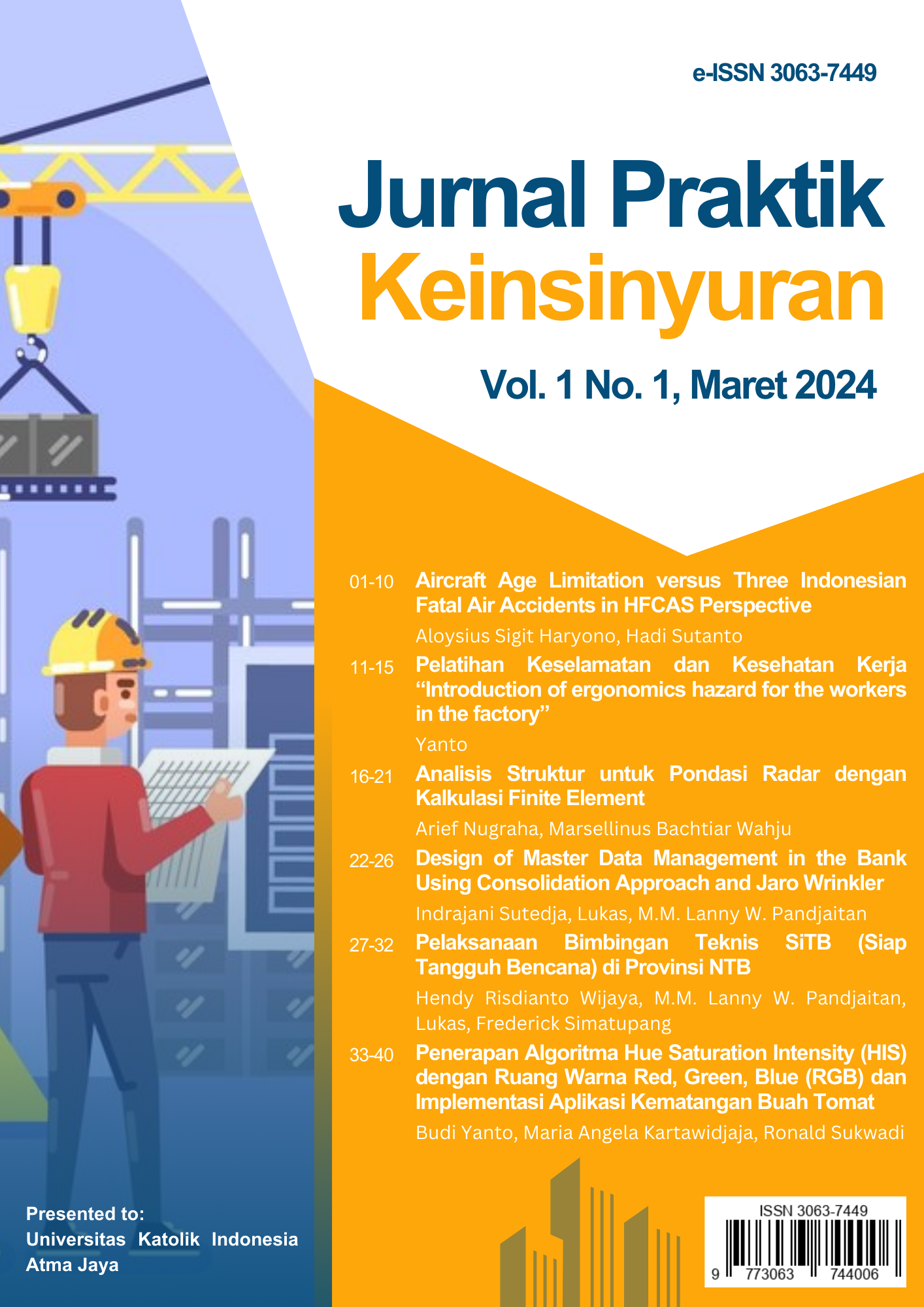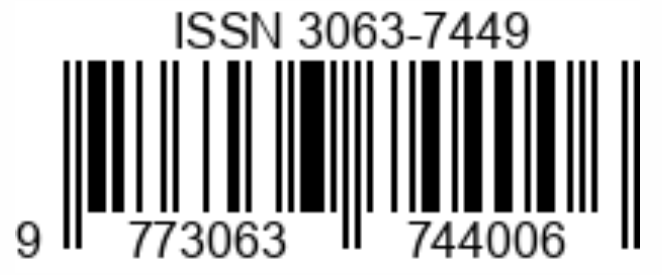Aircraft Age Limitation versus Three Indonesian Fatal Air Accidents in HFCAS Perspective
DOI:
https://doi.org/10.25170/jpk.v1i1.5859Keywords:
aircraft age, Fatal Accidents, HFCAS, Minister regulation, Repetitive FailureAbstract
An aircraft deemed to be airworthy, not limited by aircraft age but by well maintenance and by the operation of the aircraft. The investigation by KNKT between 2014 -2021 found no statement related of aircraft aging like material fatique or other phrases. The latent errors started with repetitive failures which were not solved as early as possible. Three fatal accidents involved aircrafts with age of 27, 6 and 1 year old, all below the Minister Regulation No. 160 (2015) which stated maximum age was 30 years. The cancelation of Minister Regulation No. 027 (2020) is the correct decision from Indonesian Government as per other countries policy in term of aircraft airworthy not affected by aircraft aging. The cancelation empowers the technology innovation for old aircraft to be remanufactured which is common practise in other countries, latest technology innovation, safe operation, sustainability by reserving raw material of natural resources from scarcity. Incosistency regulations about aircraft age limit which operated since beginning in Indonesian airspace, showed that the regulations were made not based on academic or research approach.
References
Komite Nasional Keselamatan Transportasi (KNKT). (2014). Aircraft Accidents Investigation Final Report No. 14.12.29.04: PT. Indonesia Air Asia Airbus 320-216 PK-AXC. Karimata Strait: Komite Nasional Keselamatan Transportasi (KNKT).
Komite Nasional Keselamatan Transportasi (KNKT). (2018). Aircraft Accidents Investigation Final Report No. 18.10.35.04: PT. Lion Mentari Airline Boeing 737-8(MAX) PK-LQP. Tanjung Karawang, West Java: Komite Nasional Keselamatan Transportasi (KNKT).
Komite Nasional Keselamatan Transportasi (KNKT). (2021). Aircraft Accidents Investigation Final Report No. 21.01.01.04: PT. Sriwijaya Air Boeing 737-500 PK-CLC. Kepulauan Seribu District, DKI Jakarta: Komite Nasional Keselamatan Transportasi (KNKT).
Reason, J.T. (1990). Human Error. Cambridge: Cambridge University Press.
Shappell, S. A. & Weigmann, D. A., (2003). A human error approach to aviation accidents analysis. The human factor analysis classification system. Aldershot, UK:Ashgate Publishing Company.
Transport Minister Regulation of Indonesia No. 160 of 2015, about Fleet Rejuvenation in Comercial Air Transport Aircraft. (online). Accessed April 16, 2024.
Transport Minister Regulation of Indonesia No. 07 of 2016, revision of Transport Minister Regulation of Indonesia No. 160 of 2015. (online). Accessed April 16, 2024.
Transport Minister Regulation of Indonesia No. 155 of 2016, about Age Limitation in Comercial Air Transport Aircraft. (online). Accessed April 16, 2024.
Transport Minister Regulation of Indonesia No. 27 of 2020, about cancelation of regulation No. 155 of 2016. (online). Accessed April 16, 2024.




